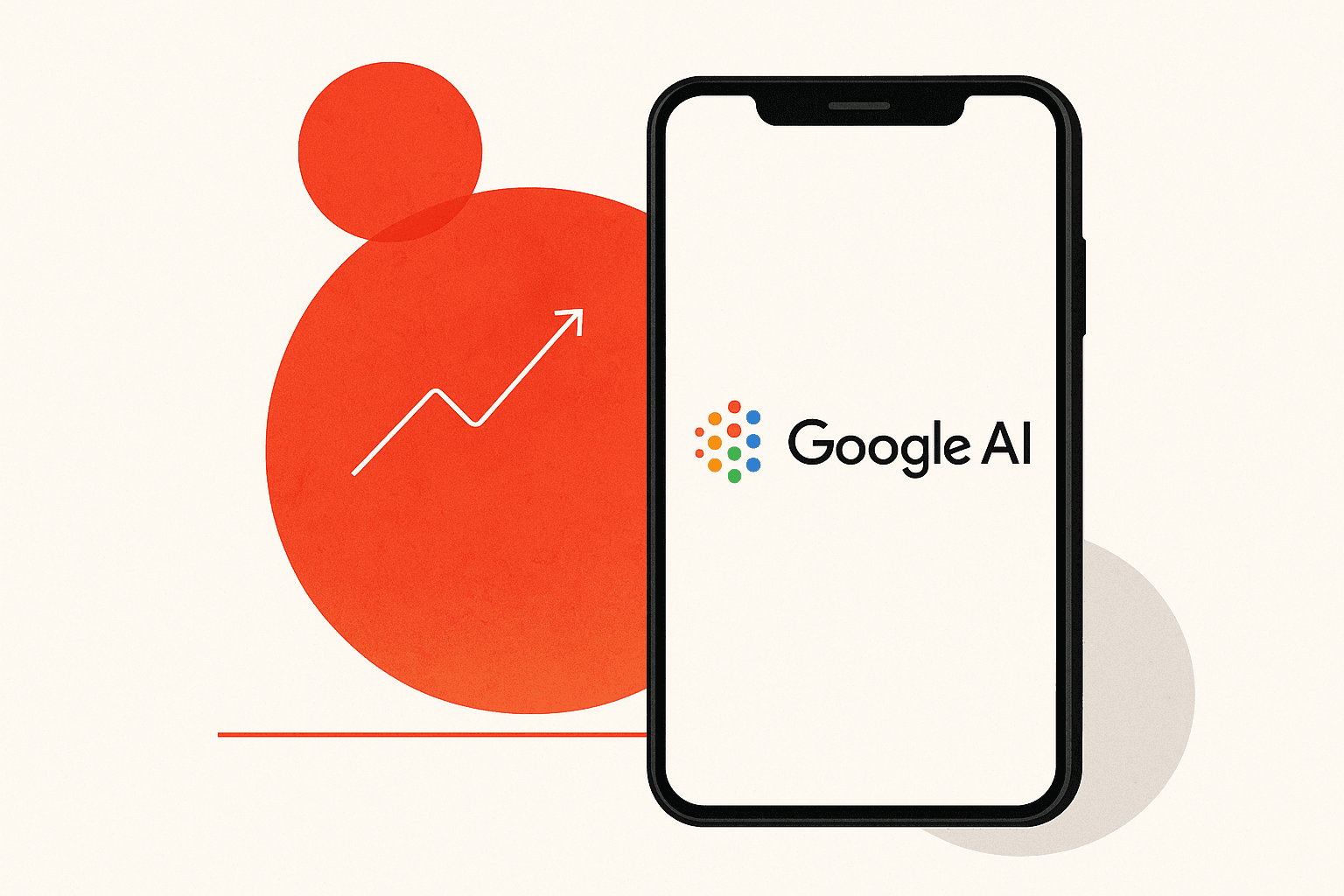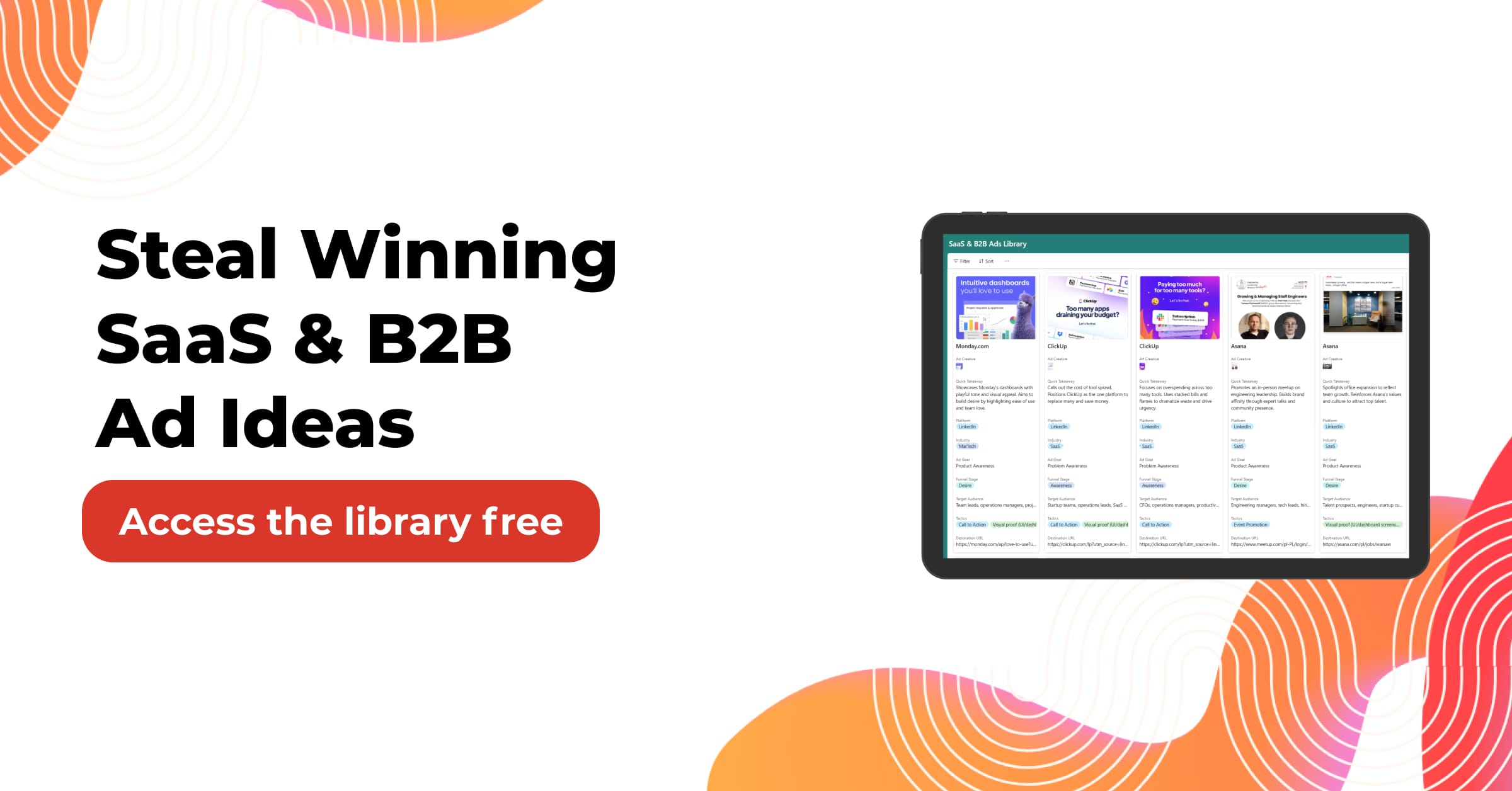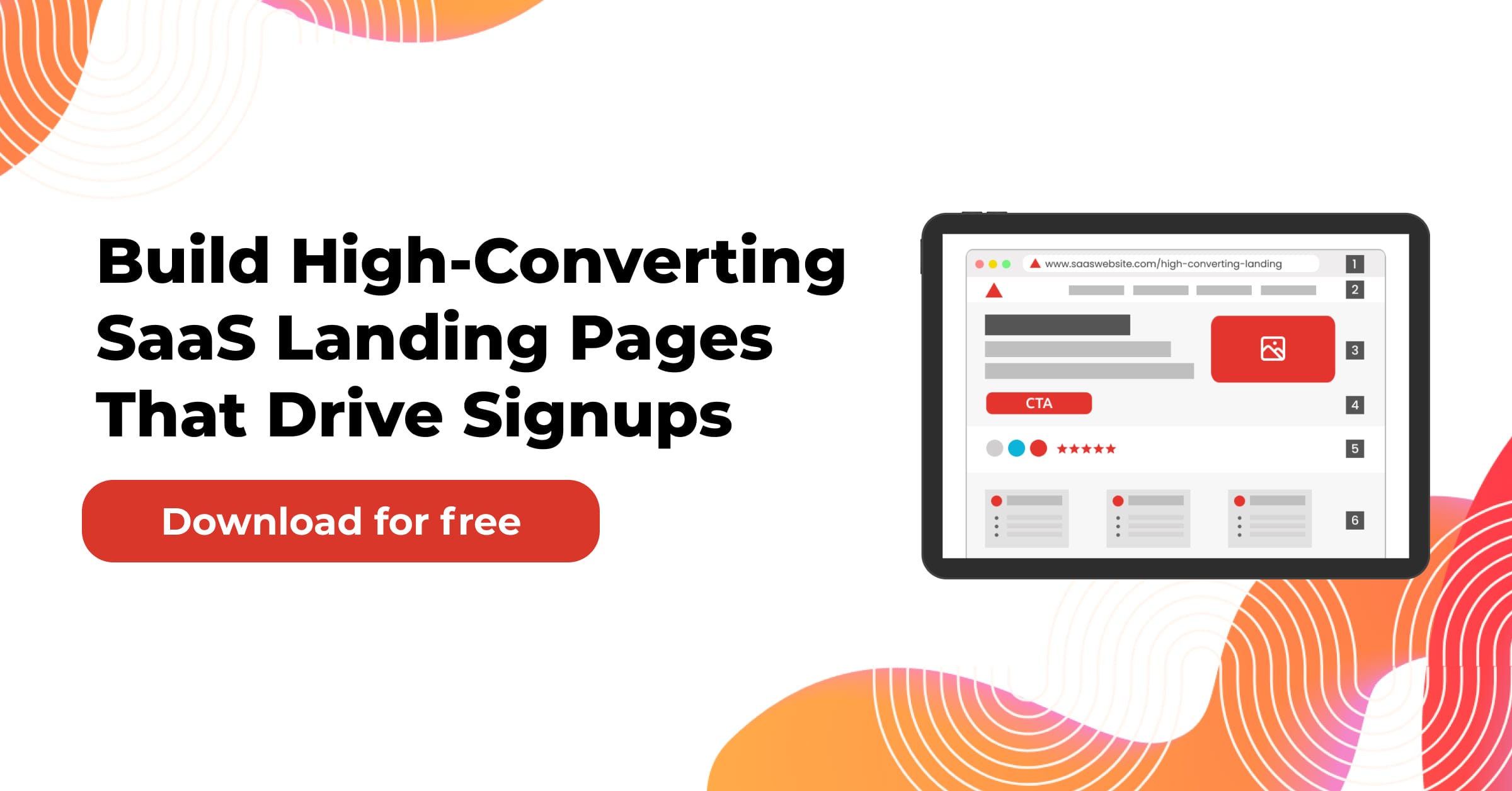What Is AI Max and Why Is Everyone Talking About It?
Google just dropped a major update that could change how Search Campaigns work, introducing AI Max.
If you’ve been running paid search campaigns, you already know how complex it’s gotten. Keyword match types, audience signals, bidding strategies, landing page experiences, ad copy variations—the list never ends. And while automation has slowly taken over the levers, It is a bold leap toward full automation, powered by Google’s advanced AI.
Related Article: https://www.adlabz.co/9-ways-to-improve-your-ppc-campaign-performance
So, what exactly is it? In short, AI Max is a fully automated campaign type for Google Search, built to maximize performance across your entire funnel using real-time intent and Google AI.
But there’s more to unpack here.
Jump to:
How Does AI Max Work?
It takes your business objectives (like lead gen, purchases, or signups) and uses Google AI to make all key decisions—bidding, targeting, creatives, and even formats.
It’s essentially like Performance Max, but tailored specifically for the Search Campaign ecosystem.
Here’s what it automates:
- Query matching: Your ads don’t rely on keyword lists alone. Google uses AI to decide which queries matter most for your goals.
- Bidding: Smart Bidding at its most refined—adjusted in real time based on context, budget, and intent signals.
- Creatives: Based on your assets, Google dynamically generates the most relevant ad variations for every impression.
- Formats: AI Max isn’t stuck with text ads. It can mix in Shopping formats, sitelinks, lead forms, and more, depending on the intent.
It essentially removes all manual configurations that used to define traditional Search Campaigns.
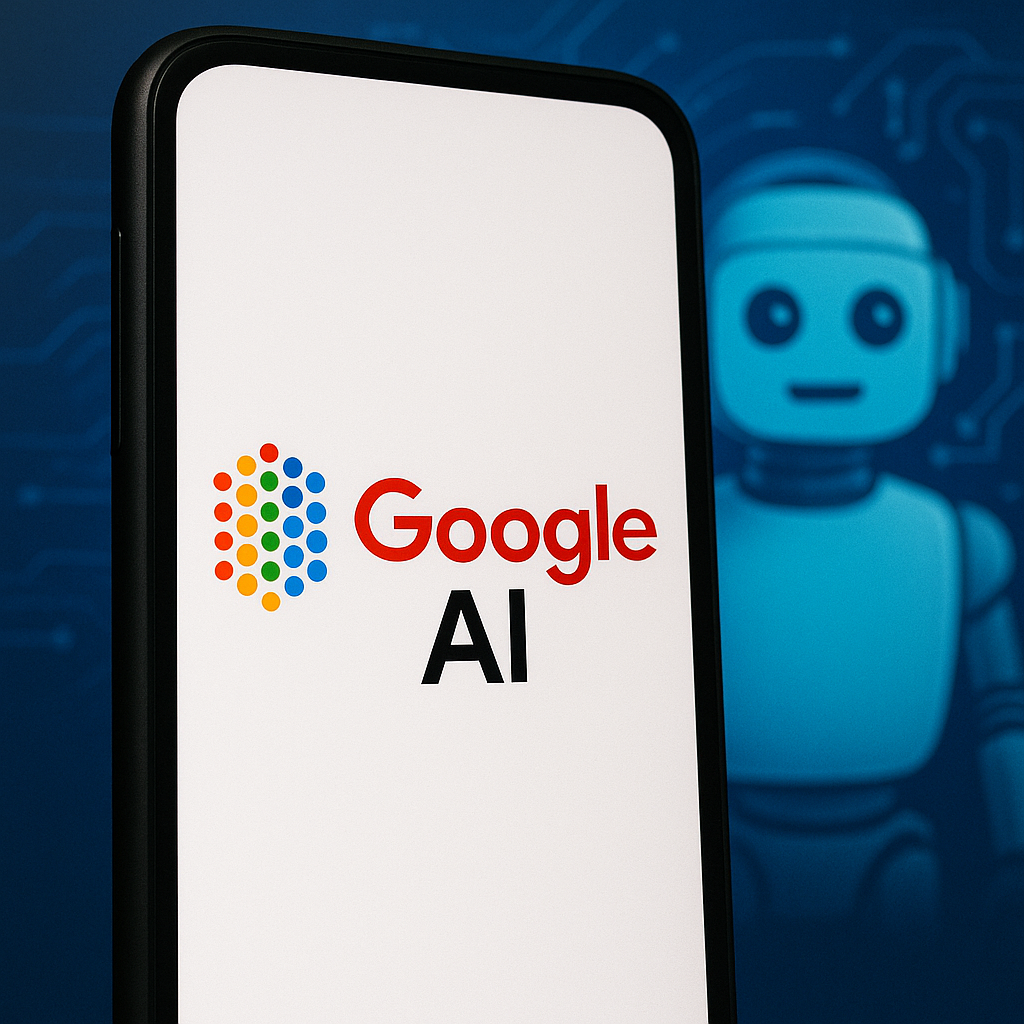
What’s the Difference Between AI Max and Performance Max?
A good question. On paper, they sound similar, but here’s the distinction:
- Performance Max runs across all Google channels: YouTube, Display, Search, Discover, Gmail, and Maps.
- It is hyper-focused on Search only, optimized entirely for text-based search intent.
So if you’re looking to dominate Google Search without managing keywords or audiences, AI Max is your lane.
Why Is Google Pushing AI Max Now?
The timing isn’t random.
For years, Google has slowly taken away manual controls in favor of machine learning: Exact match getting fuzzier, smart bidding becoming standard, and audience segments being combined.
They’re cementing the next phase: fully AI-powered search campaigns.
This is also Google’s way of ensuring advertisers remain competitive in a world where user journeys are fragmented and harder to predict. AI Max claims to unify that complexity into better outcomes, whether you’re selling SaaS, driving leads for a service, or scaling eCommerce.
Who Is AI Max For?
Based on Google’s early rollout, here’s who can benefit most:
- Advertisers who want faster results without tinkering with dozens of campaign settings.
- Brands with strong conversion tracking and existing performance history.
- SaaS companies, B2B lead generators, and mid-market eCommerce brands that rely on high-intent traffic from Search.
It is especially appealing for teams with limited in-house expertise who want to leverage Google Ads without micromanaging every detail.
What Do You Need to Run an AI Max Campaign?
Even though It handles most of the heavy lifting, there are a few things you’ll need to set up:
- Conversion tracking: You must have accurate and consistent tracking in place. No conversions = no learning.
- Business goals: Choose a primary objective, like lead generation, sales, or calls. Google uses this to optimize.
- Creative assets: While it’s search-focused, you still need high-quality headlines, descriptions, sitelinks, and possibly images.
- Landing pages: Make sure your website or landing page matches the intent. AI can get users to your door, but it can’t fix bad UX.
How Does AI Max Decide What to Show?
This is where things get fascinating.
Let’s say a user searches “best CRM for startups.” Instead of matching a specific keyword, it evaluates:
- The query’s commercial intent.
- The user’s past behaviors and demographics.
- Your business goal (e.g., “signups”).
- Available creative assets.
- Real-time auction dynamics.
Then, it selects the best mix of ad copy, sitelinks, and format for that single impression—all in milliseconds.
This is what makes it different from traditional Search Campaigns, where most of that work was manual.
What About Keywords? Are They Gone
Not entirely. But they’re no longer the center of your campaign.
It doesn’t require you to upload keywords. Instead, it relies on your provided landing pages, assets, and business goals to understand context.
That said, you can still add account-level negative keywords—helpful for blocking irrelevant or low-intent traffic.
This makes AI Max more streamlined, but potentially riskier if you’re not monitoring closely.
Is AI Max Transparent About What’s Working?
This has been one of the biggest concerns with Performance Max, and now applies here too.
AI Max doesn’t give traditional keyword-level performance reports. Instead, you get:
- High-level search themes.
- Conversion metrics.
- Asset performance ratings.
- Segment data (e.g., location, device, audience).
It’s more about understanding which types of searches and creative combinations are driving your results, not granular control.
If you’re used to keyword-level data, this will feel like a step back. But if you’re after outcomes, it might be all you need.
Should You Use AI Max or Stick With Traditional Search Campaigns?
It depends on your goals.
Use AI Max if:
- You want speed, simplicity, and performance gains without micromanaging.
- You’re OK with losing keyword-level data in exchange for outcomes.
- You’ve got solid conversion tracking and a clear business objective.
Stick with traditional Search Campaigns if:
- You need granular control over keywords and bids.
- Your compliance or brand team needs to review all ad copy.
- You’re testing highly specific audiences or funnels.
You can also run both side by side to see which works better.
What Are the Early Results Saying?
While Google hasn’t shared broad performance data, beta testers reported:
- 20–30% improvements in CPA efficiency.
- Better coverage of high-intent long-tail queries.
- Faster ramp-up times compared to manual campaigns.
Of course, these results depend heavily on setup, vertical, and budget. But it signals that AI Max has real potential, especially for advertisers who already understand their funnel.
What Are the Downsides?
Every new product has trade-offs. It is no exception.
- Less control: You can’t control keywords or ad rotation logic.
- Limited reporting: Transparency is still a weak spot for Google’s AI campaigns.
- Dependent on good data: Poor conversion tracking will hurt performance.
- Creative dependency: Weak assets mean weak results.
Advertisers who enjoy digging into match types and bid adjustments will find this frustrating. But if you’re outcome-focused, these may be acceptable trade-offs.
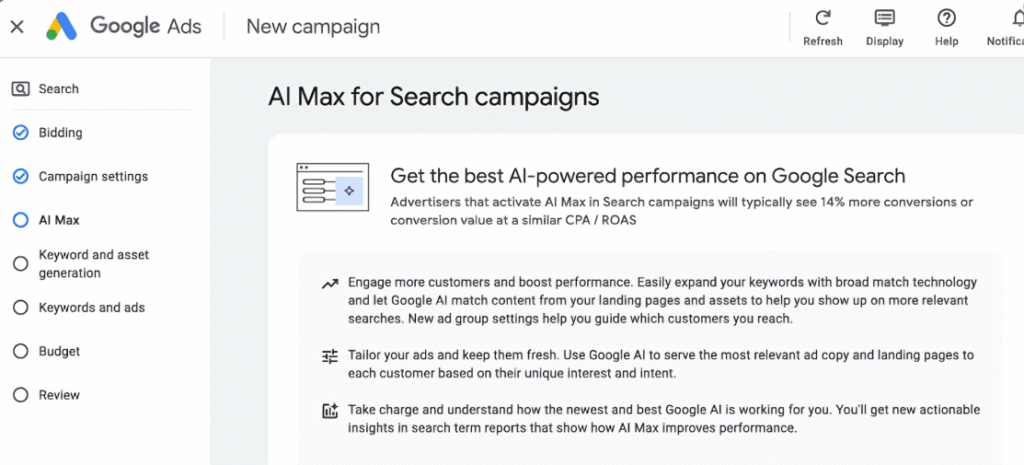
How to Set Up Your First AI Max Campaign
Ready to give it a try? Here’s how to launch one:
- Log in to Google Ads and select “New campaign.”
- Choose your goal, like “Leads” or “Sales.”
- Select “AI Max for Search” as your campaign type (rollout is still happening, so not everyone may see it yet).
- Add your website URL and asset group (headlines, descriptions, sitelinks).
- Set your budget and bidding strategy (usually Maximize Conversions).
- Launch and monitor through Google’s reporting dashboard.
Make sure you’ve got conversion tracking tested and working before you start.
What Does This Mean for the Future of Search Advertising
This is a signal.
Google is betting that machine learning can outperform humans at optimizing paid search. And they’re rebuilding the ad stack to reflect that.
AI Max is just the beginning, We can expect future tools to go even deeper into autonomous optimization. Think real-time creative swaps, dynamic landing page adjustments, and AI-generated offers based on user segments.
As an advertiser, this means two things:
- You need to master strategy, not just execution.
- Creative and data inputs are your new levers.
Because the algorithms are now driving the car, you’re just setting the destination.
Final Thoughts: Should You Trust AI Max
Here’s the honest answer: It depends on your mindset.
If you see advertising as a science of control, this may feel like giving up the wheel. But if you see it as a game of results, AI Max could become your secret weapon.
What’s clear is this: Google Search Campaigns are evolving fast, and AI Max is the strongest signal yet that automation is the future.
You might also be interested:


